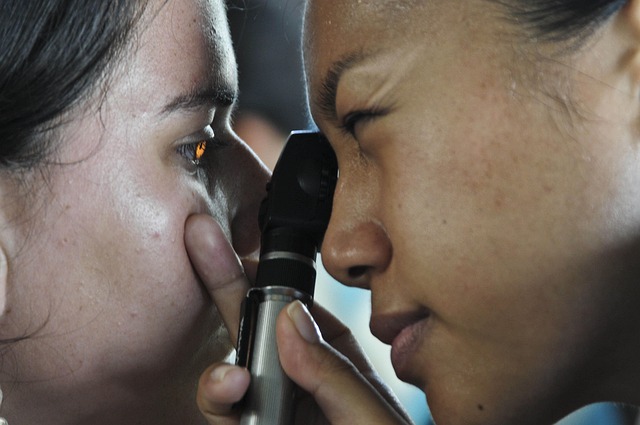Early Detection and Treatment of Breast Cancer: A Comprehensive Guide
Breast cancer is a serious health concern that affects millions of women worldwide. Early detection and prompt treatment are crucial for improving outcomes and saving lives. This comprehensive guide will explore the signs and symptoms of early breast cancer, detection methods, and available treatment options. By understanding these key aspects, you can take proactive steps to protect your health and well-being.

What are the early symptoms of breast cancer?
Recognizing the early signs of breast cancer is essential for timely intervention. Common early symptoms include:
-
A new lump or thickening in the breast or underarm area
-
Changes in breast size, shape, or appearance
-
Skin changes on the breast, such as dimpling, redness, or scaling
-
Nipple changes, including inversion, discharge, or pain
-
Persistent breast pain or tenderness
It’s important to note that these symptoms don’t necessarily indicate cancer, but they warrant prompt medical attention for proper evaluation.
How can you detect early breast cancer?
Early detection of breast cancer significantly improves treatment outcomes. Several methods can help identify potential issues:
-
Regular self-exams: Perform monthly breast self-exams to familiarize yourself with your breast tissue and detect any changes.
-
Clinical breast exams: Schedule annual check-ups with your healthcare provider for professional breast examinations.
-
Mammograms: Start regular mammogram screenings as recommended by your doctor, typically beginning at age 40 or earlier for high-risk individuals.
-
Ultrasound: This imaging technique can help differentiate between solid masses and fluid-filled cysts.
-
MRI: For women at high risk, magnetic resonance imaging may be recommended as an additional screening tool.
What are the risk factors for developing breast cancer?
Understanding breast cancer risk factors can help you make informed decisions about screening and prevention:
-
Age: The risk of breast cancer increases with age, particularly after 50.
-
Family history: Having close relatives with breast cancer may increase your risk.
-
Genetic mutations: Inherited gene mutations, such as BRCA1 and BRCA2, can significantly elevate risk.
-
Hormonal factors: Early menstruation, late menopause, or long-term hormone replacement therapy may increase risk.
-
Lifestyle factors: Obesity, lack of physical activity, and alcohol consumption can contribute to breast cancer risk.
How is breast cancer diagnosed?
If a suspicious area is detected during screening or you experience symptoms, your doctor may recommend further diagnostic tests:
-
Diagnostic mammogram: A more detailed X-ray examination of the breast tissue.
-
Breast ultrasound: Used to evaluate abnormalities found during a mammogram or physical exam.
-
Breast MRI: Provides detailed images of breast tissue to assess abnormalities.
-
Biopsy: A sample of breast tissue is removed and examined under a microscope to confirm the presence of cancer cells.
What treatment options are available for breast cancer?
Breast cancer treatment has advanced significantly in recent years, offering various options based on the cancer type, stage, and individual factors:
-
Surgery: Lumpectomy (removal of the tumor and surrounding tissue) or mastectomy (removal of the entire breast).
-
Radiation therapy: Uses high-energy beams to destroy cancer cells and shrink tumors.
-
Chemotherapy: Systemic treatment using drugs to kill cancer cells throughout the body.
-
Hormone therapy: Blocks hormone receptors on cancer cells to slow or stop their growth.
-
Targeted therapy: Focuses on specific characteristics of cancer cells to inhibit their growth and spread.
-
Immunotherapy: Boosts the body’s natural defenses to fight cancer cells.
How can you reduce your risk of breast cancer?
While some risk factors are beyond control, you can take steps to lower your breast cancer risk:
-
Maintain a healthy weight through regular exercise and a balanced diet.
-
Limit alcohol consumption and avoid smoking.
-
Breastfeed if possible, as it may have protective effects against breast cancer.
-
Consider discussing hormone replacement therapy risks with your doctor if you’re post-menopausal.
-
Stay informed about your family history and discuss genetic testing with your healthcare provider if appropriate.
Breast cancer awareness and early detection are critical for improving outcomes and saving lives. By understanding the signs and symptoms of early breast cancer, participating in regular screenings, and maintaining a healthy lifestyle, you can take proactive steps to protect your health. Remember that early detection and prompt treatment offer the best chances for successful outcomes in breast cancer cases.
This article is for informational purposes only and should not be considered medical advice. Please consult a qualified healthcare professional for personalized guidance and treatment.




